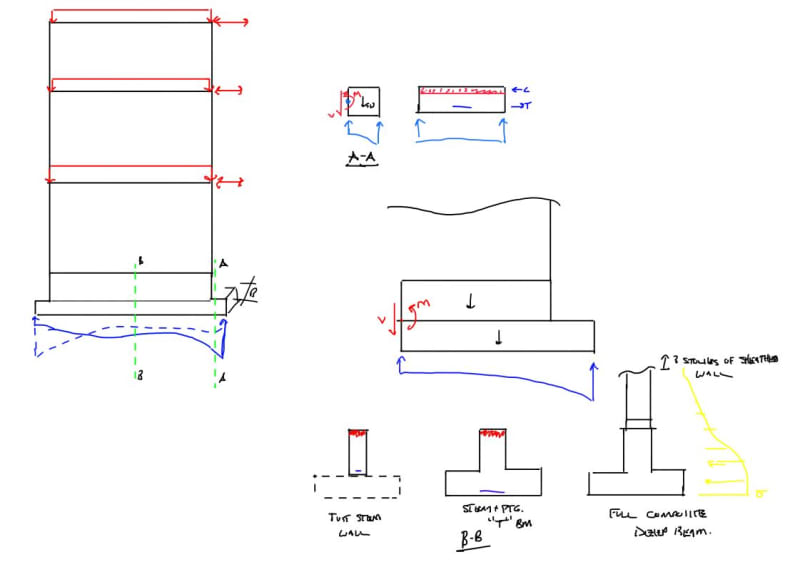Andy_S
Structural
- May 11, 2022
- 2
Any input on methodology for designing footings for wood shear walls? Typically I've seen the walls supported by a thickened slab, but is there a way to quantify the width needed for a given soil bearing (assuming it is NOT carrying gravity loads)? Alternatively, if we use spread footings at each end of the wall (for uplift and bearing), can the middle portion of wall just sit on the slab on grade?








